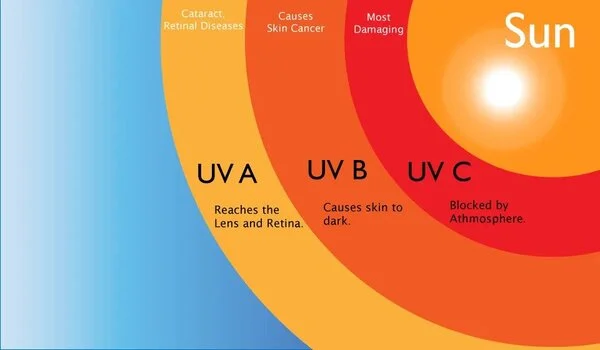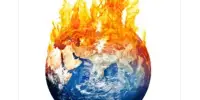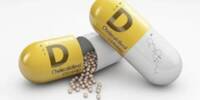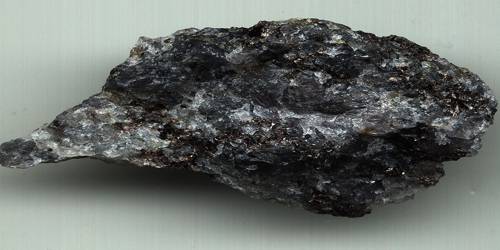UV radiation (UV) is a type of energy that is produced both naturally by the sun and artificially by sunbeds. UV radiation from the sun or sunbeds can cause DNA damage in our skin cells. DNA instructs our cells on how to function. If enough DNA damage accumulates over time, it can cause cells to grow out of control, leading to skin cancer. Sunburn is the result of skin damage and your body’s attempt to repair it. It is a clear indication that UV radiation has damaged the DNA in your skin cells.
The risks of ultraviolet radiation exposure, which is most commonly caused by the sun, are well known. W. Larry Kenney, Penn State University, will speak next week at The Physiological Society’s Extreme Environmental Physiology conference about how broad its effects can be, from premature aging to cancer, and how this can be influenced by different skin tones and the use of sunscreen.
Hikers, tennis players, and runners all exceed the recommended ultraviolet exposure limit by up to eightfold during the summer and autumn months. While regular physical activity is associated with a lower risk of most cancers, skin cancer is an exception. Those in the 90th percentile for physical activity have a higher risk of cancer than those in the 10th percentile. Sun protection is especially important in these groups, as multiple studies show an increased risk of skin cancer in those who regularly engage in outdoor sports or exercise.
Multiple studies show that those who regularly participate in outdoor sports or exercise have an increased risk of developing skin cancer. Surprisingly, fewer than 25% of surveyed athletes reported using sunscreen on a regular basis, indicating that more education is clearly needed.
Professor Kenney
Radiation is the emission (sending out) of energy from any source. There are many types of radiation, ranging from very high-energy (high-frequency) radiation – like x-rays and gamma rays – to very low-energy (low-frequency) radiation – like radio waves. UV rays are in the middle of this spectrum. They have more energy than visible light, but not as much as x-rays.
The ultraviolet radiation spectrum is categorized by wavelength as UV-A (320-400 nm), UV-B (290-320 nm), and UV-C (200-290 nm) and the biological effects vary per type. UV-A constitutes around 95% of ultraviolet radiation that reaches the earth’s surface, with the remainder being UV-B. In the skin, UV-A is able to reach the skin’s blood circulation but most of UV-B is absorbed in the outer layers of the skin (called the epidermis and upper dermis) due to its shorter wavelengths.

Sunlight is the main source of UV radiation, even though UV rays make up only a small portion of the sun’s rays. Different types of UV rays reach the ground in different amounts. About 95% of the UV rays from the sun that reach the ground are UVA rays, with the remaining 5% being UVB rays.
Skin pigmentation is another factor that affects our response to sun exposure. UV radiation affects the body’s ability to create two important substances, vitamin D and folate, which contribute to both a health pregnancy and early childhood development. It helps vitamin D be synthesised, whereas it causes folate to break down.
According to one theory, early human populations in equatorial Africa evolved skin pigmentation in order to protect themselves from folate degradation. According to this theory, as humans moved away from the equator, depigmentation occurred to allow for higher levels of vitamin D synthesis.
Professor Kenney commented on his presentation, saying, “Multiple studies show that those who regularly participate in outdoor sports or exercise have an increased risk of developing skin cancer. Surprisingly, fewer than 25% of surveyed athletes reported using sunscreen on a regular basis, indicating that more education is clearly needed.”
















